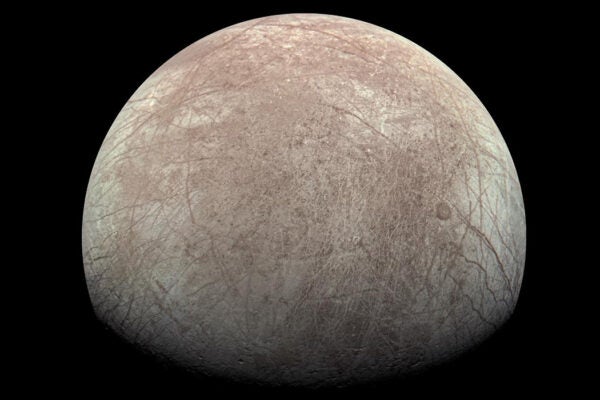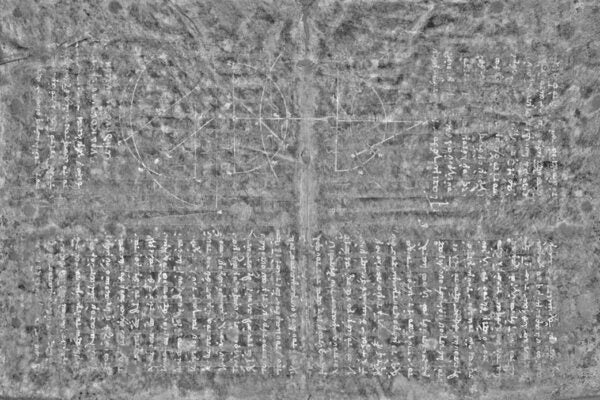Apparently humans have a new internal organ. Well, the organ, named the mesentery, is not really new. It’s more that we have a new understanding that a group of small structures, originally thought to be unrelated, are actually connected as a single entity. The structure is located in a double flap of peritoneum that lines the gut and covers the digestive organs, helping to anchor the intestines. What does the mesentery do? Nobody knows. Turns out, that’s pretty typical when a new organ is discovered.
An organ is roughly defined as a group of different tissues working together for a particular function, and most of the major organs (liver, kidneys, intestines, etc.) are large and easily identifiable. For the smaller, less obvious organs, determining function was key to establishing a structure’s identity as an organ. Consider the pineal gland, an organ not fully understood until quite recently.
The pineal gland’s existence has been acknowledged for hundreds of years, but without a known function it was not considered to be a true organ. Until the middle of the last century, the pineal gland was viewed as a vestigial structure whose purpose was more philosophical than anatomical. Due to the gland’s location in the middle of the brain, the French philosopher Descartes viewed the pineal gland as the seat of consciousness.
Descartes’ view being somewhat unsatisfactory, a more systematic effort began to discover the true purpose of the pineal gland. The pineal gland’s anatomy and structure was well known, but it had not yet been established what the gland actually did. Switching gears, researchers took aim at what the gland produced. In 1917, a study fed a small amount of pineal extract to tadpoles, resulting in a lightening of the tadpole’s skin. They named the substance melatonin, and further work in 1957 analyzed its chemical composition and created an incredibly concentrated version. Believe it or not, concentrated melatonin was soon tested as a way to turn African Americans into Caucasians. (Spoiler: It didn’t work.)
Creepy racial experiments aside, it was clear that once the function of melatonin was understood, then the true purpose of the pineal gland would be known. Humans cannot alter the pigment in their skin, so clearly the true purpose was not to change our color. Melatonin injections in rats had the effect of disrupting the effect of light on reproduction. It is now understood that melatonin is crucial in regulating our responses to light, regulating other hormones, and keeping our circadian rhythms on track.
The story of the pineal gland helps map the future of mesentery research. Just because we don’t know the mesentery’s purpose does not automatically mean it isn’t a real organ. Focus now turns to the mesentery’s function. Are there any products? What other organs or organ systems does it connect to? What happens if the mesentery is damaged or disabled? If the mesentery is anything like the pineal gland, we might not discover its secrets for some time.







